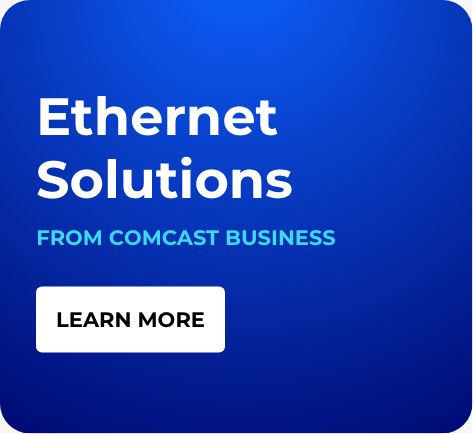An Engaged Patient is a Healthier Patient: Connecting Providers and Patients with New Technologies – Part 3

The age of digital technologies has had a major impact on a variety of industries –healthcare in particular. With patients becoming more engaged with their health information, healthcare organizations are transforming the way they operate and share patient records. In this three part series, we will highlight the ways in which digital records and health information is accessed by patients and how organizations are handling the need for increased connectivity and robust data networks.
Video has been around much longer than patient portal web sites, healthcare apps and consumable wearables. But, as with “how-to” videos online, video has become an important format for educating patients — especially on treatment and recovery instructions. Consider the power of video, which combines action-oriented visuals along with audio, to provide the following care instructions:
- What to expect during surgeries and other treatments.
- Medication protocols.
- Post-discharge dos and don’ts such as driving and exercise restrictions, wound care, and nutrition.
- Tips for caregivers, such as how to transfer patients to/from a vehicle, bed or bathtub.
Video can be delivered by providers either on-site, at the point of care, or in a patient’s home, via streaming technology from an online patient portal. Video also works in the other direction: from the patient to the provider, thanks to the video camera capabilities found in today’s desktop and laptop computers, tablets and smart phones. Telemedicine via two-way video breaks down barriers of time and distance to allow physicians to engage and consult with patients in the patients’ own homes. This functionality is particularly useful for patients in rural or remote areas and for remote diagnostics of critical patients who can’t leave their homes. In some cases, video is being used among disparate providers, enabling e-consults between primary care providers and medical specialists.
In the near future, providers may also be able to engage with patients via customized, provider-branded health content delivered over a patient’s residential TV service.
ROBUST NETWORK INFRASTRUCTURE SUPPORTS PATIENT ENGAGEMENT
Patient engagement technologies of today and the future require robust and secure data networks and WiFi access for mobile applications. To support current initiatives and enable transformational services, healthcare IT professionals must take a strategic view of their networking infrastructure:
- Data networks should have high capacity and be scalable for future growth so healthcare organizations can evolve as new technologies are adopted.
- Data networks should be high-performance with low latency. This is especially critical for delivering premium quality HD video streams and supporting telemedicine applications. The network should have the inherent intelligence to segment and prioritize different types of traffic to maximize the performance of each.
- Data networks should be diverse and redundant. Medical data should be able to be backed up and stored between multiple data centers for disaster recovery and business continuity planning.
A secure and robust wide-area network is the necessary link that connects everything together and allows for a host of game-changing patient engagement benefits. Existing technology infrastructures are not often optimized for providing this link and handling and storing vast amounts of data, especially data used in applications like video conferencing, consumer wearables and online portals.
Ethernet is the engine that provides the capacity, reliability and scalability to support patient engagement technologies and critical applications. It provides a higher-performance, more cost-effective alternative to older technologies like T1 lines. With Ethernet inside and between provider offices, geographically dispersed locations function and feel like they’re part of one office.
Healthcare organizations that have implemented patient engagement initiatives show positive impacts when patients are active participants in their own care. While physicians must maintain patient relationships created through personal interaction, technologies such as patient portals, health apps and wearables, and video technology are extending those relationships to the benefit of both patients and providers.
Patient engagement technologies can put a huge capacity strain on legacy systems. Providers should upgrade their networks with the capacity needed to support the growing demands of these initiatives, and Ethernet provides that capacity.
Video has been around much longer than patient portal web sites, healthcare apps and consumable wearables. But, as with “how-to” videos online, video has become an important format for educating patients
Locked Content
Click on the button below to get access
Unlock NowOr sign in to access all content on Comcast Business Community
Resource Center
Learn how Comcast Business can help
keep you ready for what's next.











